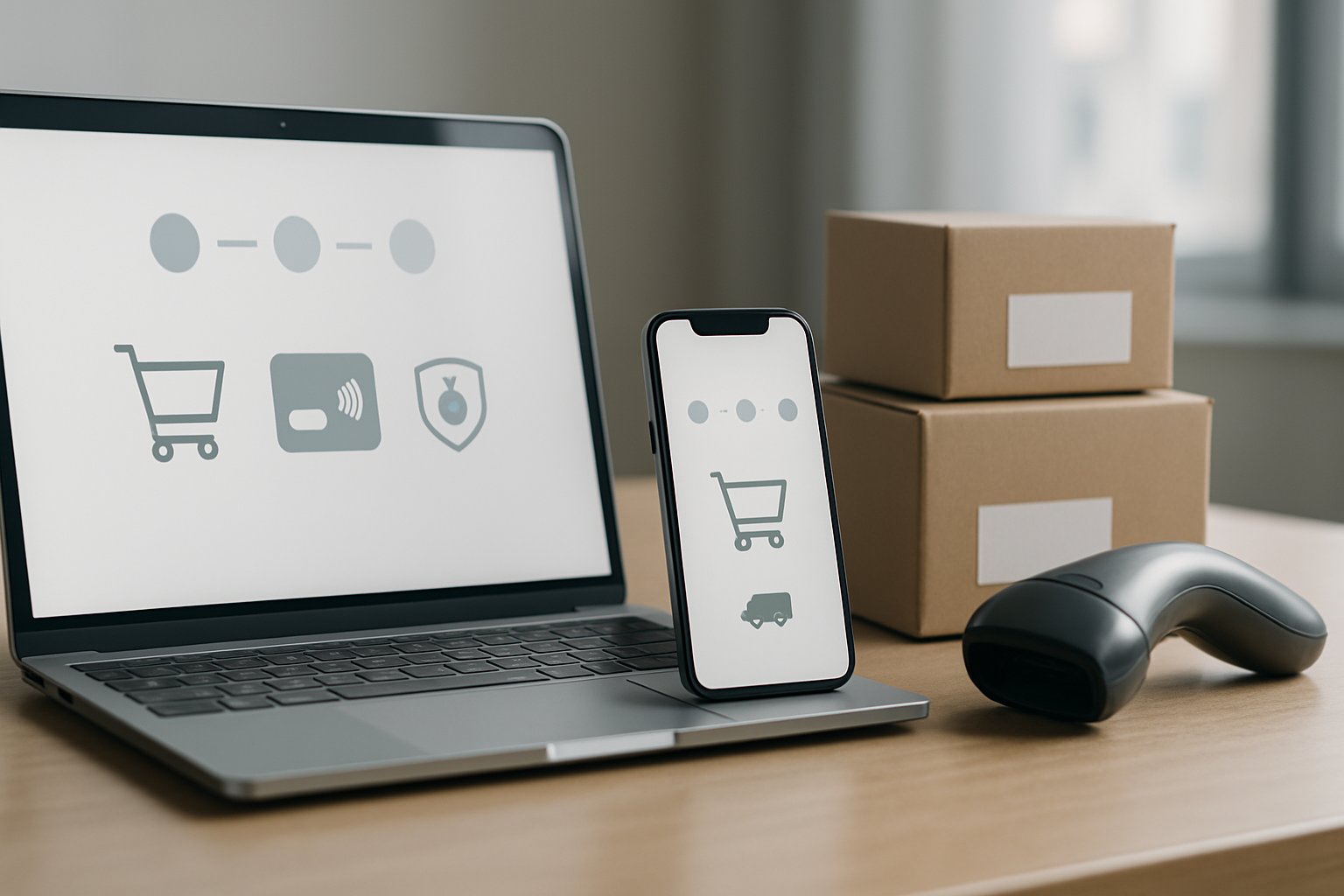Understanding and Improving Cart Conversion Rates for E-commerce Sellers

In the world of e-commerce, the cart conversion rate is a critical metric that measures the effectiveness of your online store in turning visitors into buyers. Understanding how to calculate this rate and what constitutes a good average is essential for optimizing sales and enhancing the overall performance of your store. In this blog, we’ll dive into what cart conversion rates are, how they’re calculated, and provide practical strategies to improve them.
What is a Cart Conversion Rate?
The cart conversion rate is the percentage of visitors who add items to their shopping cart and proceed to complete the purchase. This metric is vital because it directly correlates to revenue; a higher conversion rate generally means more sales and, consequently, higher profits.
How to Calculate Cart Conversion Rate
Calculating the cart conversion rate is straightforward. You divide the number of completed purchases by the number of visitors who added items to their cart, and then multiply the result by 100 to get a percentage. The formula looks like this:
Cart Conversion Rate=(Number of Completed PurchasesNumber of Carts Created)×100%\text{Cart Conversion Rate} = \left( \frac{\text{Number of Completed Purchases}}{\text{Number of Carts Created}} \right) \times 100\%Cart Conversion Rate=(Number of Carts CreatedNumber of Completed Purchases)×100%
What is a Good Cart Conversion Rate?
A “normal” cart conversion rate can vary widely depending on the industry and specific market conditions. However, across most e-commerce platforms, a good cart conversion rate typically ranges from 2% to 5%. It’s important to benchmark against similar stores or industry averages to set realistic goals for your online business.
Strategies to Improve Cart Conversion Rates
- Streamline the Checkout Process: A complicated or lengthy checkout process can deter customers from completing their purchase. Simplify this process by reducing the number of steps and required fields. Consider implementing a progress indicator to show customers how far along they are in the checkout process.
- Optimize Mobile Experience: With an increasing number of consumers shopping on their smartphones, having a mobile-optimized site is crucial. Ensure that your mobile site is responsive, loads quickly, and provides a seamless checkout experience.
- Offer Multiple Payment Options: Customers have diverse preferences for payment methods. By offering a variety of options—including major credit cards, PayPal, and newer services like Apple Pay—you can cater to a broader audience and potentially increase your conversion rates.
- Use Cart Abandonment Emails: Sometimes, customers will add items to their cart without completing the purchase. Implementing an automated email campaign to remind customers of their abandoned carts can help recover some of these lost sales. Personalize the emails to increase the likelihood of conversion.
- Provide Free Shipping and Returns: High shipping costs are a common barrier to completing a purchase. Offering free shipping can significantly enhance the attractiveness of completing a purchase. Similarly, a straightforward and free return policy can alleviate purchase hesitations.
- Enhance Security Features: Online shoppers are becoming increasingly concerned about their personal data. Displaying security badges and using SSL certificates can reassure customers that their information is safe, encouraging them to complete their purchases.
- Run A/B Tests: Regularly testing different aspects of your checkout process can provide valuable insights into what works best for your audience. Experiment with different button colors, placement, and calls to action to see which variations drive the highest conversion rates.
By closely monitoring your cart conversion rate and continually implementing improvements, you can significantly enhance your store’s performance. Remember, even small increments in this rate can lead to substantial increases in revenue. Stay adaptive, use data-driven strategies, and keep your customers’ needs at the forefront of your optimizations.
Conclusion: Partnering with Innovative Warehouse Solutions for Enhanced Fulfillment
For active e-commerce stores looking to further improve their cart conversion rates, partnering with a reliable fulfillment service like Innovative Warehouse Solutions (IWS) can be a game-changer. IWS offers robust fulfillment capabilities that not only streamline your operations but also enhance your customer service offerings.
By partnering with IWS, e-commerce stores can confidently advertise same-day shipping on orders—a significant selling point for today’s online shoppers who value speed and efficiency. This promise of quick delivery can effectively reduce cart abandonment rates and boost conversions. Customers are more likely to complete a purchase if they know their items will arrive promptly.
Moreover, leveraging the logistical expertise and infrastructure of IWS allows your business to focus more on sales and customer engagement, rather than being bogged down by the complexities of fulfillment. This partnership can lead to a smoother, more reliable shopping experience for your customers, which is crucial for building trust and loyalty in the competitive e-commerce landscape.
In summary, an efficient fulfillment partner like Innovative Warehouse Solutions not only supports your operational needs but also contributes directly to enhancing your cart conversion rates through improved service offerings. It’s a strategic move that can yield significant dividends in customer satisfaction and overall sales performance.








































